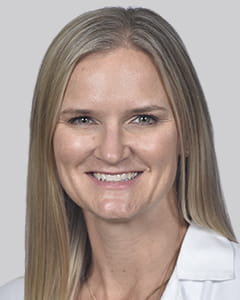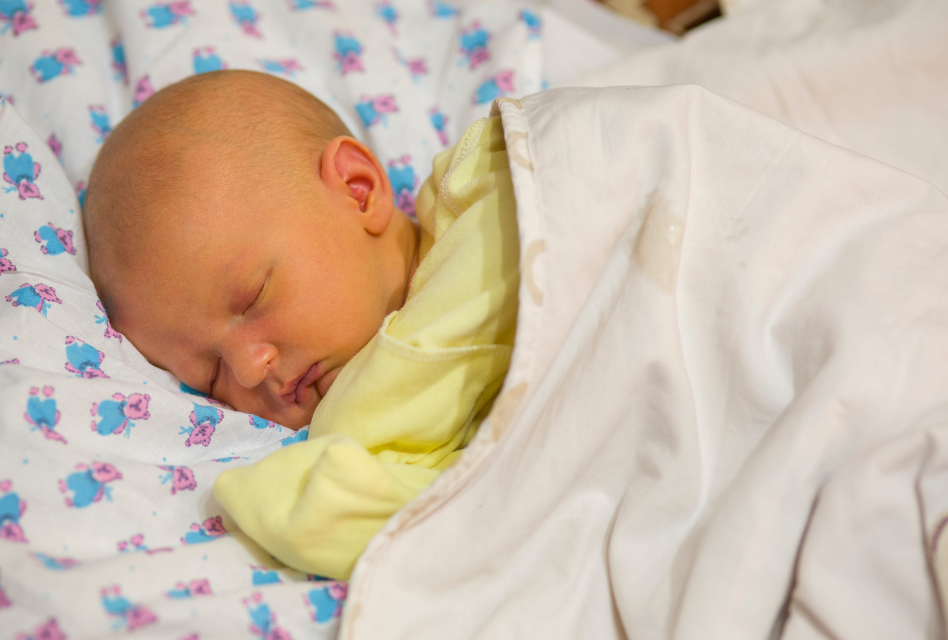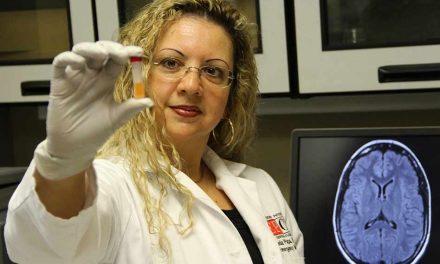 Rachel B. Prete, DO
Rachel B. Prete, DO
Orlando Health
Your baby’s skin color might be yellow in the days right after birth — and that’s usually normal. But you need to know when it might be more serious.
About 60 percent of babies have newborn jaundice, which typically doesn’t hurt your baby and goes away without treatment. But if your baby has severe jaundice and doesn’t get quick treatment, it can lead to brain damage.
What Causes Newborn Jaundice?
The most common reason newborns develop jaundice is that their liver isn’t mature enough to get rid of bilirubin, a yellow substance that forms as red blood cells break down. In some babies, however, an underlying cause may be the source of jaundice. These conditions include:
- Your baby’s blood type does not match yours
- Internal bleeding
- Liver infection
- Liver disease
- Too many red blood cells
- Genetic condition
- Blood infection
- Bruising at birth
Symptoms of Newborn Jaundice
When a baby has jaundice, a yellow color usually first appears on the face. It can spread to the chest, belly, arms, legs and white parts of the eyes. The best way to see jaundice is in good light, like in daylight or under fluorescent lights. Jaundice can be harder to see in babies with darker skin.
Call your baby’s doctor right away if your baby is:
- Not producing enough wet or dirty diapers
- Sleeping through feedings
- Not feeding well
- Fussy
- Fatigued
Checking for Newborn Jaundice
The American Academy of Pediatrics (AAP) recommends that all babies be checked for jaundice after birth and daily while in the hospital. Your baby’s provider will check for jaundice with at least one of these methods:
- Blood test. This is the best way to measure bilirubin levels.
- Physical exam. Your baby’s body is checked for symptoms of jaundice.
- Skin test. A device placed on your baby’s forehead measures the reflection of a special light that shines through the skin.
The AAP recommends that babies be checked for jaundice again at 3 to 5 days of age. This is the time when bilirubin levels are the highest. If your baby leaves the hospital within 72 hours of birth, a checkup should be scheduled within the next two days. If you cannot get in to see your baby’s doctor, it is important to still have the checkup. You can take your baby to the nearest children’s hospital to do so.
Does My Baby Have a Higher Risk of Newborn Jaundice?
Some babies are more likely than others to have jaundice. These include:
- Premature babies. This means babies who are born before 38 weeks of pregnancy.
- Breastfed babies, especially babies who aren’t breastfeeding well
- Those with a sibling who had newborn jaundice
- Babies with East Asian or Mediterranean backgrounds
Treatment for Newborn Jaundice
Most babies with jaundice don’t need treatment. If your baby has mild jaundice, you likely will be told to breastfeed your baby more often to get rid of the bilirubin. Jaundice usually clears up within two weeks in formula-fed babies.
If your baby has more severe jaundice, phototherapy treatment (also called light therapy) may be needed. Wearing just a diaper and eye shields, your baby is placed for 24 to 48 hours under special lights that help change bilirubin into a form that can exit the body in urine. Phototherapy is usually done in the hospital.
If phototherapy doesn’t work and your baby’s bilirubin levels are still high, providers may try a special type of blood transfusion called an exchange transfusion. This process gets rid of bilirubin by replacing your baby’s blood with fresh blood in small amounts.
If you and your baby have different blood types, your baby may get immunoglobulin (a blood protein) through a needle into a vein. This can help treat the jaundice and possibly avoid an exchange transfusion.
Source: Orlando Health, www.orlandohealth.com


















